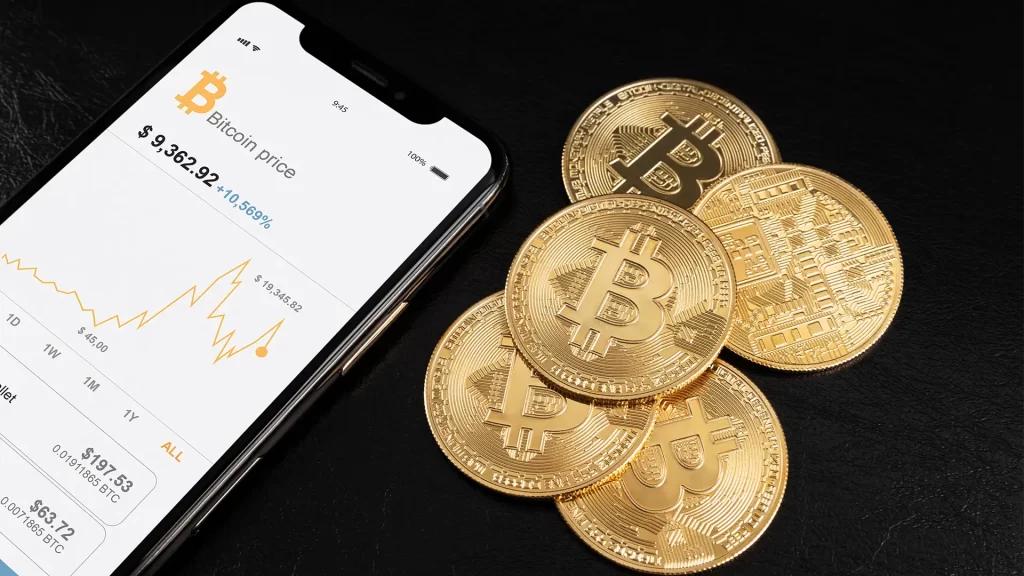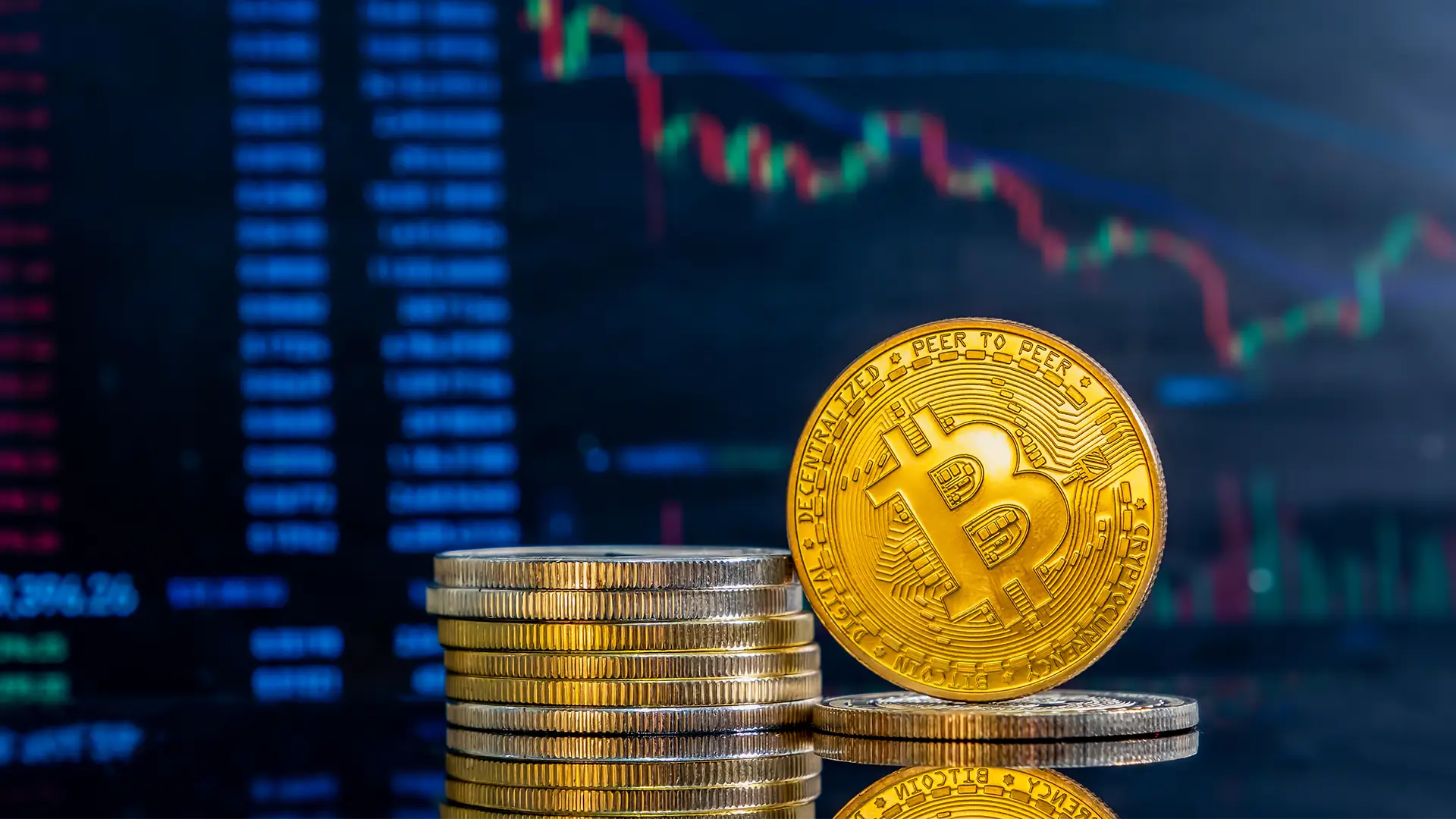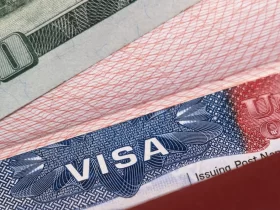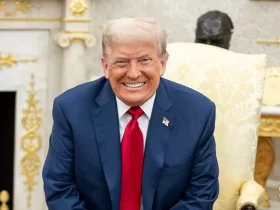Bitcoin has returned to the spotlight this week by surpassing the $90k barrier, a level it has not reached since early March. This rally, marking a 5% rise in a single day, has sparked excitement among investors and reignited the conversation about its role as a safe-haven asset in the face of global uncertainty.
What is driving this rise?
Several pieces are coming together to bring bitcoin back into prominence. On the one hand, international markets are in a recovery phase after complicated weeks marked by political tensions, tariffs and criticism of central banks. On the other, signals from the United States, especially from Donald Trump’s administration, have generated a new wave of expectations around the future of cryptocurrencies.
Specifically, the price of Bitcoin reached $91,687, according to Bloomberg. This represents a 23% growth from its low point on April 7, when the crypto market also suffered the consequences of a global sell-off. The rebound not only shows strength, but begins to mark an interesting disconnect between bitcoin and the usual behavior of the Nasdaq and other tech stocks.
From stocks to gold… and Bitcoin
For a long time, Bitcoin moved almost in sync with Wall Street’s tech giants. But in recent days, that relationship seems to be breaking down. While the Nasdaq 100 is still trying to regain its early March levels, Bitcoin is steadily advancing, as if charting its own path. This possible “independence” is seen by many as a sign that the cryptocurrency is returning to being considered a store of value, similar to gold.
And indeed, market movements seem to reinforce that idea. Gold also hit $3,500 per ounce this week, its all-time high. Both assets are benefiting from a fall in the value of the dollar, which has been weakened by political pressures on the Federal Reserve and growing global economic uncertainty.
The Trump factor: a Bitcoin strategic reserve?
Former President Donald Trump has also played a key role in this new rally. In early March, he signed an executive order proposing the creation of a Bitcoin strategic reserve, in addition to another for other digital assets. This decision has generated expectations in the markets, as in less than two weeks the Treasury should present a report on the legal and financial aspects of this proposal.
Although many consider that Trump has not always been a clear advocate of cryptocurrencies, his possible bet on a strategic reserve has been interpreted as a positive sign. This move comes on top of his recent criticism of Federal Reserve Chairman Jerome Powell for “not acting fast enough” to lower interest rates. All of this has created a favorable environment for assets like Bitcoin, which are not directly dependent on governments or central banks.
What’s happening in the markets?
Beyond the price, there are other interesting data that show a change of trend in the crypto market. Long positions, i.e. bets that the price of Bitcoin will continue to rise, are increasing in both futures and options.
On the CME futures exchange, for example, the difference between the spot and futures price (known as the “basis”) reached a three-month high. There has also been a moderate increase in open interest, indicating more market participation. Even liquidations of bearish positions, or “shorts,” have increased in the past 24 hours, a sign that many are closing bets against bitcoin.
On the other hand, in offshore markets-especially in perpetual contracts that have no maturity-there is still some caution. Negative funding rates suggest that some investors are still betting on a potential downturn, albeit less aggressively than before.
ETF interest and the “decoupling” narrative

Another positive sign has been the flow of money into Bitcoin ETFs (exchange-traded funds) in the United States. This Monday alone saw inflows of $381 million, the largest inflow since late January. This shows that both large and small investors are once again looking favorably on the cryptocurrency.
According to analysts, if bitcoin manages to stay above $88,800, it could break through to a new range between $92,000 and $94,000. The excitement is not limited to the short term: the narrative that Bitcoin could act as the “new digital gold” is gaining more and more traction.
What now?
Although Bitcoin has rallied more than 8% in the last week, it is still 16% below its all-time high of over $109k reached in January, just as Trump resumed power. However, many see this new momentum as a sign that there is room for further upside.
Experts point out that the rally may be motivated by the search for alternatives to the dollar and by investors’ desire to protect their money from political and economic decisions beyond their control. In this context, Bitcoin once again offers a tempting proposition: an asset that does not depend on central banks, that can be transferred globally, and that more and more people see as a refuge from volatility.
Is this the beginning of a new golden age for Bitcoin? It is still too early to tell, but one thing is clear: the world is looking at cryptocurrencies again… and with attention.Bitcoin shines again: surpasses $90k boosted by political tensions and new market bets
Bitcoin has returned to the spotlight this week by surpassing the $90k barrier, a level it has not reached since early March. This rally, marking a 5% rise in a single day, has sparked excitement among investors and reignited the conversation about its role as a safe-haven asset in the face of global uncertainty.
What is driving this rise?
Several pieces are coming together to bring bitcoin back into prominence. On the one hand, international markets are in a recovery phase after complicated weeks marked by political tensions, tariffs and criticism of central banks. On the other, signals from the United States, especially from Donald Trump’s administration, have generated a new wave of expectations around the future of cryptocurrencies.
Specifically, the price of Bitcoin reached $91,687, according to Bloomberg. This represents a 23% growth from its low point on April 7, when the crypto market also suffered the consequences of a global sell-off. The rebound not only shows strength, but begins to mark an interesting disconnect between bitcoin and the usual behavior of the Nasdaq and other tech stocks.
From stocks to gold… and Bitcoin
For a long time, Bitcoin moved almost in sync with Wall Street’s tech giants. But in recent days, that relationship seems to be breaking down. While the Nasdaq 100 is still trying to regain its early March levels, Bitcoin is steadily advancing, as if charting its own path. This possible “independence” is seen by many as a sign that the cryptocurrency is returning to being considered a store of value, similar to gold.
And indeed, market movements seem to reinforce that idea. Gold also hit $3,500 per ounce this week, its all-time high. Both assets are benefiting from a fall in the value of the dollar, which has been weakened by political pressures on the Federal Reserve and growing global economic uncertainty.
The Trump factor: a Bitcoin strategic reserve?
Former President Donald Trump has also played a key role in this new rally. In early March, he signed an executive order proposing the creation of a Bitcoin strategic reserve, in addition to another for other digital assets. This decision has generated expectations in the markets, as in less than two weeks the Treasury should present a report on the legal and financial aspects of this proposal.
Although many consider that Trump has not always been a clear advocate of cryptocurrencies, his possible bet on a strategic reserve has been interpreted as a positive sign. This move comes on top of his recent criticism of Federal Reserve Chairman Jerome Powell for “not acting fast enough” to lower interest rates. All of this has created a favorable environment for assets like Bitcoin, which are not directly dependent on governments or central banks.
What’s happening in the markets?
Beyond the price, there are other interesting data that show a change of trend in the crypto market. Long positions, i.e. bets that the price of Bitcoin will continue to rise, are increasing in both futures and options.
On the CME futures exchange, for example, the difference between the spot and futures price (known as the “basis”) reached a three-month high. There has also been a moderate increase in open interest, indicating more market participation. Even liquidations of bearish positions, or “shorts,” have increased in the past 24 hours, a sign that many are closing bets against bitcoin.
On the other hand, in offshore markets-especially in perpetual contracts that have no maturity-there is still some caution. Negative funding rates suggest that some investors are still betting on a potential downturn, albeit less aggressively than before.
ETF interest and the “decoupling” narrative
Another positive sign has been the flow of money into Bitcoin ETFs (exchange-traded funds) in the United States. This Monday alone saw inflows of $381 million, the largest inflow since late January. This shows that both large and small investors are once again looking favorably on the cryptocurrency.
According to analysts, if bitcoin manages to stay above $88,800, it could break through to a new range between $92,000 and $94,000. The excitement is not limited to the short term: the narrative that Bitcoin could act as the “new digital gold” is gaining more and more traction.
What now?
Although Bitcoin has rallied more than 8% in the last week, it is still 16% below its all-time high of over $109k reached in January, just as Trump resumed power. However, many see this new momentum as a sign that there is room for further upside.
Experts point out that the rally may be motivated by the search for alternatives to the dollar and by investors’ desire to protect their money from political and economic decisions beyond their control. In this context, Bitcoin once again offers a tempting proposition: an asset that does not depend on central banks, that can be transferred globally, and that more and more people see as a refuge from volatility.
Is this the beginning of a new golden age for Bitcoin? It is still too early to tell, but one thing is clear: the world is looking at cryptocurrencies again… and with attention.








































Leave a Reply